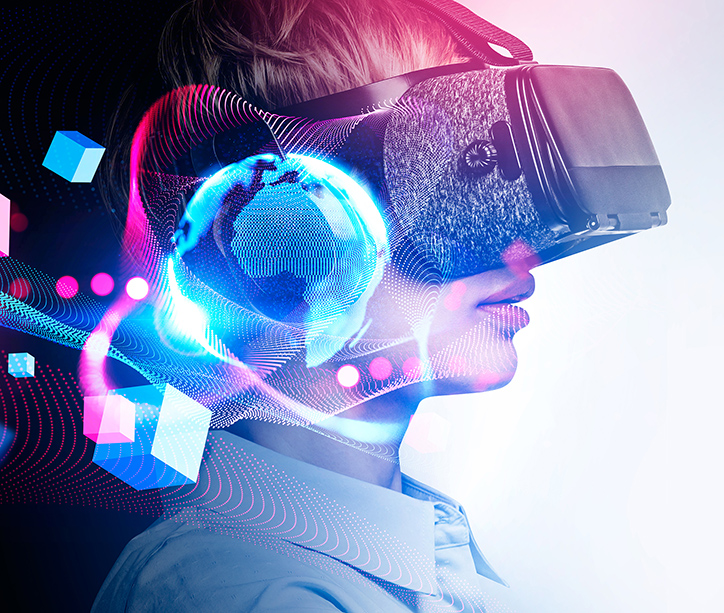The metaverse—a virtual space where users can interact with each other and digital objects without regard to geographical and territorial boundaries—is challenging all norms and conventions when it comes to intellectual property (IP). As use of, and interactions in, the metaverse continue to increase, it is worth exploring some of the IP-related challenges and opportunities the metaverse presents to companies, institutions, and individuals. This article will examine some of those issues, as well as recent U.S. Patent and Trademark Office (USPTO) guidelines about how to best identify the goods and services in trademark applications that relate to some of the innovative technologies used in and alongside the metaverse.
Expansion Into Virtual Worlds
Virtual worlds are graphical online environments that often simulate real-world environments and are persistent even when the user is not there. Avatars are graphical representations utilized by users in the virtual worlds to interact with others. Users can shop, socialize, and even work in the virtual worlds. Virtual goods are used in the virtual worlds to improve in-game performance, to change the appearance of an avatar, or to vary the virtual “living space” of the avatar. In some situations, virtual goods might even resemble their real-world counterparts. For example, a pair of sneakers may look the same in the physical world and in any given virtual world.


 Concept of future and alternate reality. AdobeStock image
Concept of future and alternate reality. AdobeStock image




